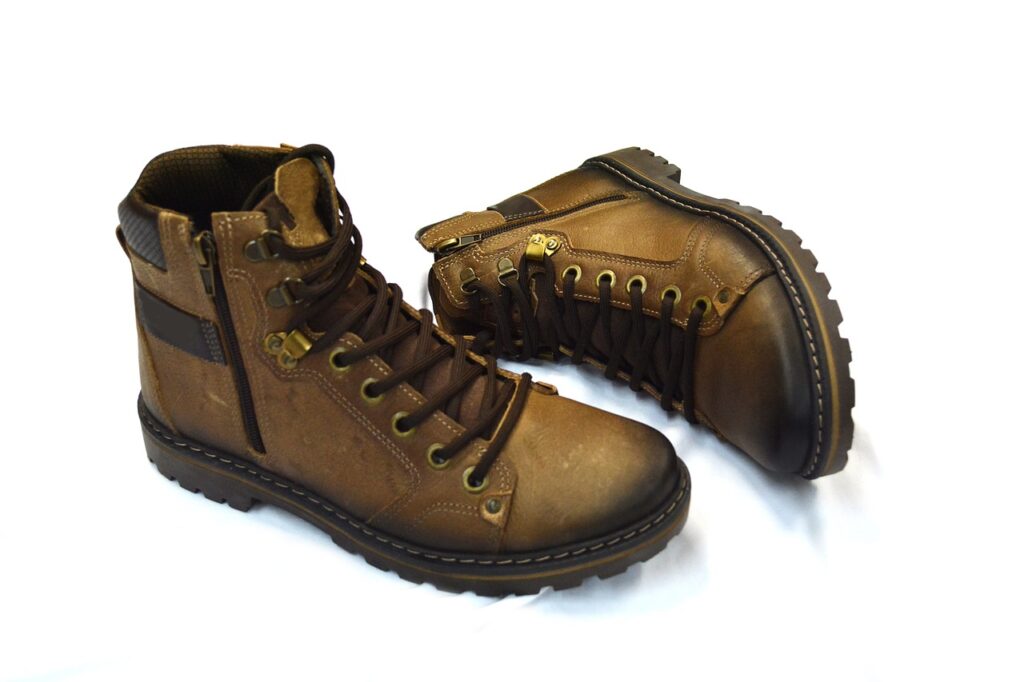When it comes to tackling the trails, the right footwear is essential for both performance and comfort. For hikers, the choice between hiking boots and trail runners is often a matter of personal preference, terrain, and the nature of the hike. Each type of footwear offers distinct advantages and limitations, so understanding their differences will help you make an informed decision tailored to your needs. Here’s a comprehensive guide to help you choose between hiking boots and trail runners for your next adventure.
Hiking Boots: Classic Protection and Support
Hiking boots have been the go-to choice for serious hikers for decades, renowned for their durability and support. Here’s a closer look at what makes hiking boots a popular choice:
- Ankle Support
Description: Hiking boots typically feature high-cut designs that extend above the ankle, offering excellent support and stability on uneven terrain. This is particularly beneficial for carrying heavy loads or hiking in challenging conditions.
Benefits:- Reduces the risk of ankle injuries on rough or unstable terrain.
- Provides additional support when carrying a heavy backpack.
- Ideal For: Rugged trails, multi-day hikes, and any hike involving significant elevation changes or heavy gear.
- Durability and Protection
Description: Constructed with robust materials such as leather or high-denier nylon, hiking boots are built to withstand the rigors of the trail. They often feature reinforced toes and heels to protect your feet from rocks and debris.
Benefits:- Long-lasting and able to handle rough, abrasive surfaces.
- Offers protection against sharp objects and impacts.
- Ideal For: Rocky trails, off-trail hiking, and areas with potential hazards.
- Traction
Description: Hiking boots are equipped with aggressive outsoles designed for superior grip on various surfaces. The tread patterns are engineered to provide stability and traction on slippery or uneven terrain.
Benefits:- Enhanced grip on wet, muddy, or rocky surfaces.
- Improved stability on challenging trails.
- Ideal For: Wet or slippery conditions, steep inclines, and technical terrain.
- Waterproofing
Description: Many hiking boots come with waterproof membranes like Gore-Tex, which keep your feet dry in wet conditions. This feature is especially valuable for hiking through streams or muddy areas.
Benefits:- Keeps feet dry and comfortable in rainy or snowy conditions.
- Prevents water from seeping in, reducing the risk of blisters and cold feet.
- Ideal For: Wet weather conditions, snow, and crossings.
Trail Runners: Lightweight and Agile
Trail runners have gained popularity among hikers for their lightweight design and speed. Here’s why trail runners might be the right choice for you:
- Lightweight Design
Description: Trail runners are designed to be much lighter than hiking boots, providing a more agile and nimble feel. They are built with breathable materials that help keep your feet cool and dry.
Benefits:- Reduces fatigue and allows for faster movement.
- Enhances overall agility and speed on the trail.
- Ideal For: Fast-paced hikes, trail running, and those who prioritize speed and efficiency.
- Flexibility and Comfort
Description: Trail runners often have a more flexible and cushioned sole compared to hiking boots. This provides a comfortable and natural feel, allowing for greater freedom of movement.
Benefits:- Offers a more comfortable and flexible fit.
- Provides cushioning that can reduce impact on joints.
- Ideal For: Well-maintained trails, day hikes, and lightweight backpacking.
- Breathability
Description: The materials used in trail runners are typically more breathable than those in hiking boots, which helps in managing heat and moisture. This is particularly advantageous in warm weather.
Benefits:- Keeps feet cooler and drier in hot conditions.
- Reduces the risk of blisters and overheating.
- Ideal For: Warm weather hiking, trail running, and dry conditions.
- Quick-Drying
Description: Trail runners are often designed with materials that dry quickly if they get wet. This feature is valuable when crossing streams or hiking in damp conditions.
Benefits:- Minimizes discomfort if the shoes get wet.
- Reduces the risk of soggy, blister-prone feet.
- Ideal For: Variable weather conditions and quick-drying needs.
Making the Choice: Factors to Consider
When deciding between hiking boots and trail runners, consider the following factors:
- Terrain and Trail Conditions
- Hiking Boots: Best for rough, rocky, and technical terrain.
- Trail Runners: Suitable for smoother, well-maintained trails and moderate terrain.
- Hiking Duration and Load
- Hiking Boots: Ideal for long hikes with heavy packs and demanding conditions.
- Trail Runners: Better for shorter hikes or fast-paced outings with minimal gear.
- Weather Conditions
- Hiking Boots: Preferable for wet, snowy, or muddy conditions where waterproofing and protection are crucial.
- Trail Runners: Great for dry, warm weather where breathability and lightweight design are beneficial.
- Personal Preference and Fit
- Hiking Boots: Choose if you prefer extra ankle support, durability, and maximum protection.
- Trail Runners: Opt for them if you value speed, agility, and a lighter, more flexible shoe.
Conclusion: Find What Works for You
Ultimately, the choice between hiking boots and trail runners comes down to personal preference and the specifics of your hike. Both types of footwear offer unique advantages and cater to different needs. By considering factors like terrain, duration, weather, and fit, you can make an informed decision that enhances your hiking experience.
Whether you choose the rugged reliability of hiking boots or the nimble efficiency of trail runners, the right footwear will keep you comfortable and safe on your journey. Lace up, hit the trail, and enjoy every step of your adventure with confidence!






